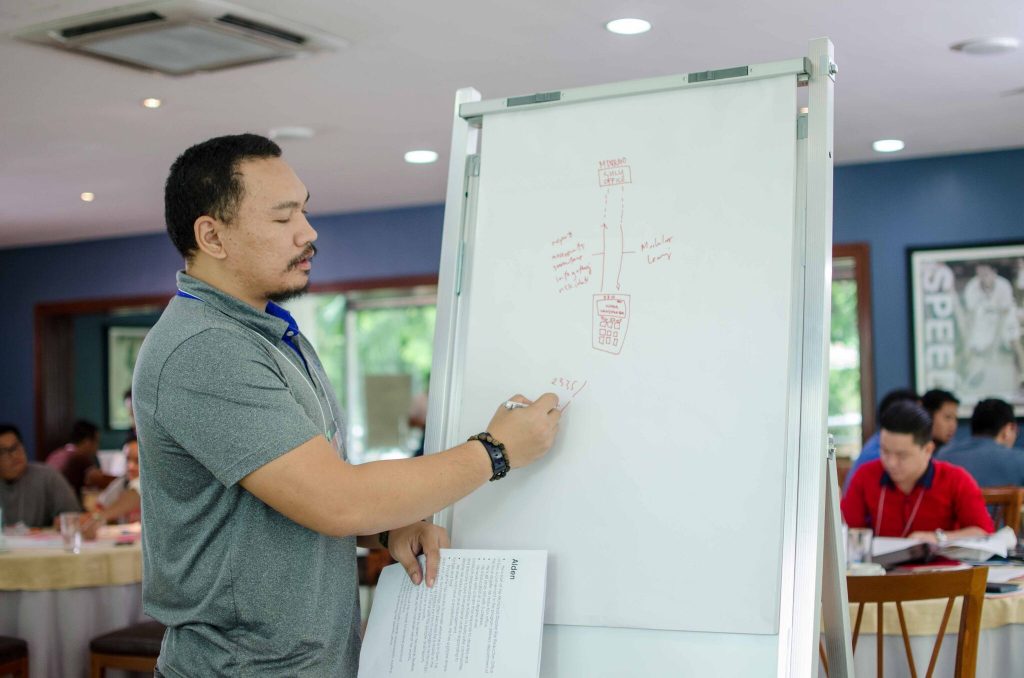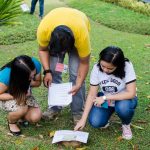Social Network Webbing

Map informal connections and decide how to strengthen the network to achieve a purpose
Overview
Social Networking Webbing improves people’s knowledge of their working network and can improve connections among the members of a project team or organization. It focuses on seeking and attracting resources with the right know-how. An additional benefit is that it encourages every group member to develop a strategy on how to broaden their network to achieve their goals.
How to use it
- Tap into informal connections that have indirect yet powerful influence on behaviour.
- Distribute knowledge and innovation across-the-board.
- Help people see connections.
- Help people self-organize and absorb failure.
- Perceive positive change rather than negative points.
- Operate without big budgets and extensive planning.
- Expand and strengthen the network web.
How to apply it
Start:
- Define the focus of the activity, such as a shared project or purpose. Participants are invited to name individuals they currently work with and those they would like to include in the future (i.e. people with influence or expertise they need in order to achieve their purpose).
- Participants are invited to ‘weave’ connections to advance their purpose.
Materials:
- Long open wall with tapestry paper or multiple flip chart pages, large sticky notes, and at least 8 different coloured markers.
Time/Steps:
- 5 minutes: Participants create a legend of all the key groups working in a department or on a project, and choose a sticky note colour or symbol for each.
- 5 minutes: Participants add a sticky note for each member of the core group with their name clearly printed, grouping them in the centre.
- 10 minutes: Ask, “What people do you know that are active in this work? Create a sticky note with their name and arrange the sticky notes based on their degrees of separation from other group members?”
- 10 minutes: Ask, “Who else would you like to include?”
- Participants brainstorm others they would like to include, building the map as a web with a core and periphery structure (mimicking the actual and desired spread of participation). They may need to add new legend categories and colours as they go.
- 15 minutes: Step back and ask, “Who knows who? Who has influence and expertise? Who can block progress? Who can improve progress?”
- Illustrate the answers with connecting lines.
- 10 minutes: Devise strategies to invite, attract and “weave” new people into the work; work around blockages and boost progress.
How to adapt it
- Encourage participants to frequently refer to the maps, and to update who is involved now and growth patterns.
- Use software to make the network maps digital, providing more detail and metrics.
- String webbing sessions together with follow-up action steps by individual team members, using 15% Solutions, Design Storyboards, 1-2-4-All.
Tips
- Focus on developing a core group capable of accomplishing tasks and a diverse periphery that adds new ideas and growth.
- Dream BIG when considering who you want to include in the future.
- The legend should not include more than 10 functions or distinct groups.
- Name individual names whenever possible.
- When weaving and connecting people, think small (e.g. pairs, small interest groups).
- Conclude webbing sessions by specifying follow-up action steps by individual team members.





